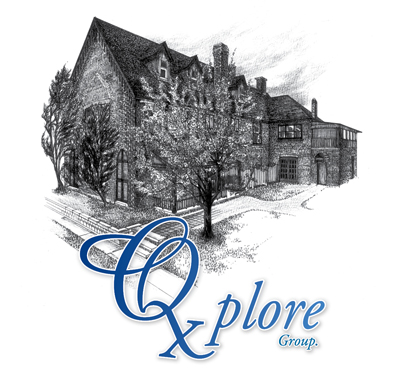History of the Lodge
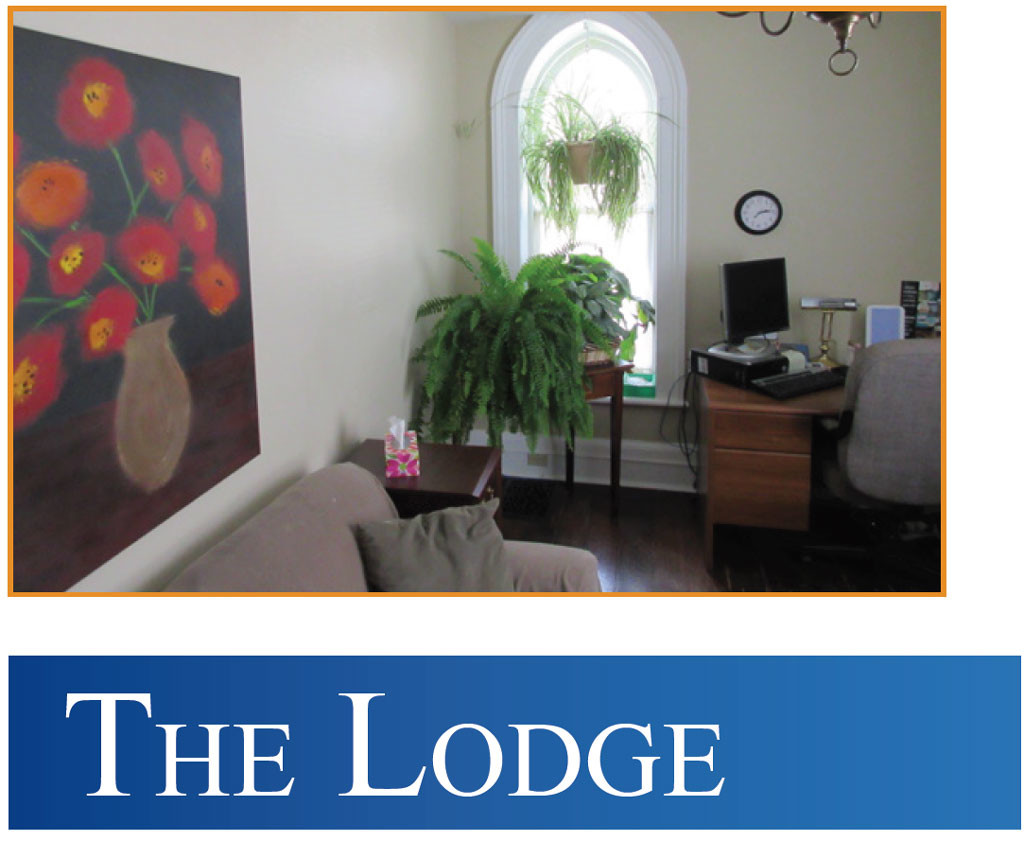
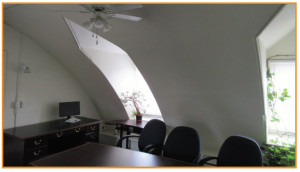
The Lodge
The Lodge at 208-212 John St. was built between 1840 and 1845 with the 1845 Belleville map showing three buildings on Lot 12 including the Orange Lodge and two frame buildings.
Originally the Lodge was two storeys, with Dr. Ackerill and his family, living on the first floor with a central door on the south side as entrance. An adjacent door led to the second floor which were the Meeting Rooms and Hall of the Royal Scarlet Chapter of the Loyal Orange Lodge. The second-floor ceilings were built extra high to accommodate large meetings by the great services of dropped ceiling installers in London. Nearby was a pump, handily situated so that the Orangemen could cool down after a rowdy evening.
The East façade with the steep roof, the brick pointed drop arches, and the elongated shapes of the windows, suggest the Gothic Revival style which emerged in the early Victorian era. The wood gable decoration of this façade consists of a strained pattern of dented drops.

The brickwork of the building is carried out in stretcher bond and sits flush with the stone and rubble foundation below. The symmetrically placed main second storey windows, which
dominate the East façade each have a brick, pointed drop arch. The wood three partite, two pane window has a wood sill and is capped by a cambered flat, brick arch. The two smaller symmetrically placed centre windows of the east ground storey are flanked by elongated window openings. These windows are also crowned with a square brick pointed drop arch.
The rectangular four pane sash windows of the north and south ground floor have traces of pointed arches. These arches have been replaced by an infill brick panel. The pedimented, wood dormer windows, at the north and south sides of the building, are built with a simple, double pitched roof.
Builder of The Lodge
Dr. Daniel Ackerill bought Lot 12 on the corner of Bridge and John Streets in Belleville, Ontario in 1840, just behind St. Thomas Church which was established in 1818.
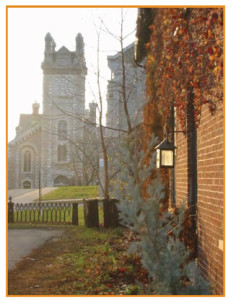
Dr. Daniel Ackerill came to Upper Canada in 1832 and was by 1843 sufficiently established as a veterinarian, farrier and carpenter to build the Lodge, marry his young wife Mary Ann and begin a family. Life was hard. Three small gravestones in the St. Thomas Church cemetery show the dangers of early 19th century life. The first bears the name of the Ackerill’s daughter Delia Elizabeth who was born and died in 1846. The second marks the grave of a son James Henry who was born and died the following year. The third commemorates the joint grave of “Mary Ann, wife of Daniel, and infant daughter”. When she died on May 8th, 1848 Mary Ann was only 18 years old.

By 1851, Daniel Ackerill was married again, to another Mary Ann, and had a son Daniel Henry who eventually followed in his father’s business as a Veterinarian.
The House of Orange
In 1795, the Protestant Orange Order was formed at Loughgall, County Armagh, Ireland, to commemorate the victory of William of Orange at the Battle of the Boyne in 1690. Over the next five years, Orange Lodges sprung up across the protestant sectors of Ireland and the industrial sectors of England. The movement also spread across the Atlantic with the emigration of Irish and English settlers. The first Grand Lodge of British North America was founded in Brockville, Upper Canada on January 1st, 1830, and by 1835 there were 154 Orange Lodges in British North America including Belleville.
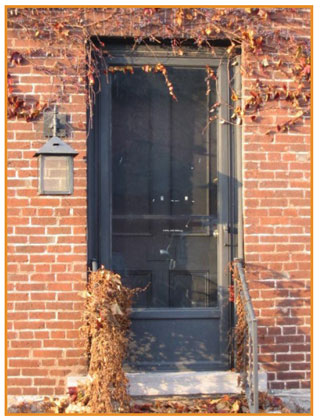
For many pioneer men, the Orange Lodge was more of a social organization than a religious organization. Orangemen had pass words and secret signs of recognition for each other, and could advance through several levels based on stature and competence within the organization: the Orange, the Blue, the Royal Arch Purple, the Scarlet, and the Black Knight.
Sir Mackenzie Bowell and the Prince of Wales

In 1860, the 19-year-old Prince of Wales, who would become Edward VII, was visiting towns along the St. Lawrence and was scheduled to visit Belleville with population 6,000. Mackenzie Bowell, Publisher of the Intelligencer, was the President of the Belleville Orange Lodge at the time, and out of the second-floor meetings rooms of the Lodge, organized a massive welcome for the Prince of Wales. People had come great distances over terrible roads for the celebratory royal welcome. However, on the advice of the Duke of Newcastle, the Prince of Wales decided he did not want to become embroiled in political or religious disputes while in Canada, so when he learned that the streets were adorned with flags, banners, and ceremonial arches celebrating the (Protestant) Orange Lodge he refused to disembark from the Royal Yacht.
Sir MacKenzie Bowell went on to be elected to the House of Commons in 1867, as a Conservative for the riding of North Hastings, Ontario, while also becoming the Grand Master of the Orange Order of British North America from 1870-1878. Bowell became a Member of the Senate in 1892 and became Leader of the Government in the Senate on October 31st, 1893. On the sudden death of Prime Minister Sir John Thompson, Bowell as the most senior Cabinet Minister was appointed Prime Minister by the Governor General and served from 1894 – 1896, the second of just two Canadian Prime Ministers to hold that office while a Member of the Senate, rather than the House of Commons. (The first was John Abbot).
The Fire of 1876 and the Rebuilding of the Lodge
In 1876 when St. Thomas Church burned, the Lodge was extensively damaged. During the rebuilding, extra land was purchased on the west of the property to add to the building. The Lodge was rebuilt in the same plan, with such details as the stepped brickwork emphasizing the lines of the brickwork being added. The west addition of 1876 was built using the same brickwork pattern, but with varied details on the windows and in the roof height. The bricked-up opening at the south side of the west addition apparently formed a doorway to the Lodge. The Orange Lodge was foreclosed in 1881 and moved to another location.
Dr. Ackerill and his family then used the whole house changing it to three storeys. The front retained the original aspect except that on the East Side the large Gothic arched window of the two-storey high Lodge Room was partly filled in.
Dr Ackerill’s son Daniel Henry graduated from the Ontario Veterinary College in 1879 and practiced from Oshawa to Brockville. He was also veterinarian for the farm at the Ontario School for the Deaf in Belleville. His horse and cattle remedies “Ackerill’s All-Round Liniment” and Ackerill’s Powders” had a high reputation and were sold by druggists and blacksmiths everywhere.
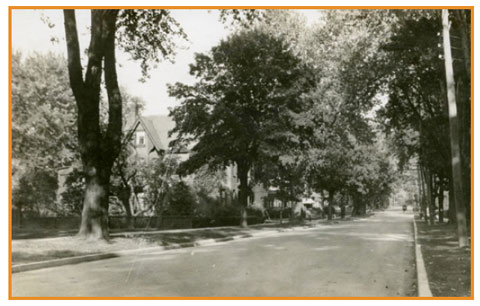
Professssional Law and Engineering Offices
The Lodge remained in the Ackerill Family until the mid 1970s when it was purchased by lawyer Don Templeman. Templeman renovated the building, used the 210-212 John St. entrance as the main entrance, and configured it for the law offices of Templeman, Brady, Menninga, Kort and Fairbrother. In the early 1980s when Templeman Brady moved into new offices, the building was occupied by McEwen and Associates, Engineers, Architects and Planners, and Dr. Koebler.
Home of Psychological, Psychotherapy, Social Work and Consulting Services
In November 1986, the Partners of Beckett, Kitcher and Associates a Psychological and Psychotherapy Practice were attracted to the Lodge history, style, and East End location and moved into the west side of the second floor.
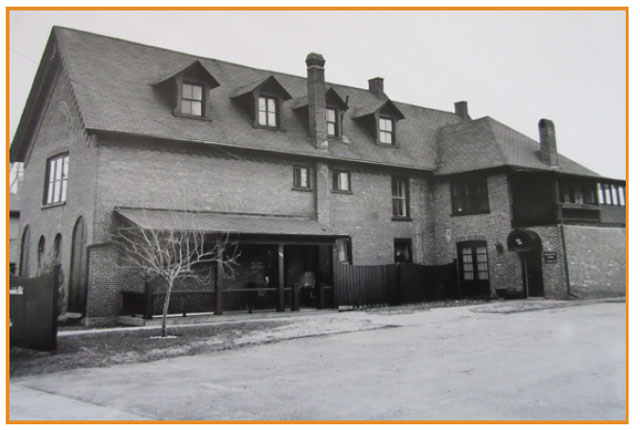
The Clinical Practice expanded rapidly over the next five years and developed three new companies, Quinte Counselling Services Inc. providing counselling and psychotherapy services; Kitcher Development Consultants Ltd. providing non-profit housing development consulting services, and Beckett Kitcher Consultants Corp. providing management and community development services. In 1990, Beckett, Kitcher Consultants Corp bought the Lodge and the combined Clinical Practices expanded into the Lodge second-floor, while the first-floor space was rented out to other professionals. Over the 1990s the Practice expanded to fill the entire Lodge including a renovated third floor to create additional office and meeting space.
In December 2004, the Practice was reorganized as the Qxplore Group with Quinte Assessment and Treatment Group Inc. as the specialized assessment and treatment practice; Quinte Counselling Services Inc. as the Psychotherapy practice, and Qxplore Inc. as the management consulting practice.
The Lodge now includes 15 Professional offices and a Board room and is the home office of the Qxplore Group – Qxplore Inc., Quinte Assessment and Treatment Group Inc. Quinte Counselling Services Inc. and Kitcher Development Consultants Ltd. which provide clinical and consulting services across Ontario.
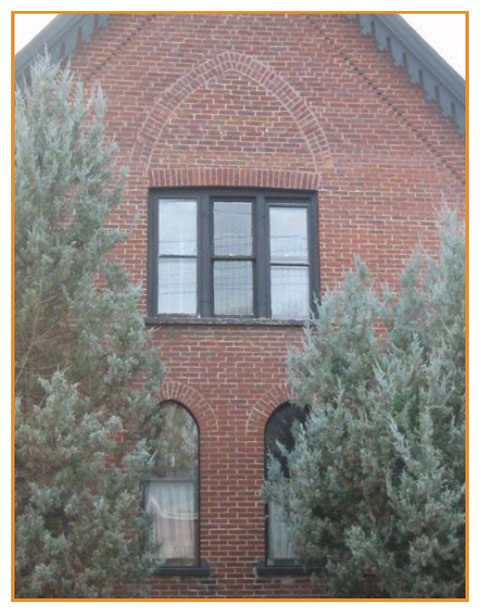
- Qxplore Inc.
- Quinte Assessment and Treatment Group Inc.
- Quinte Counselling Services Inc.
- Kitcher Development Consultants Ltd.
- Quinte Decompression and Pain Clinic
- 208 John St., Belleville, ON K8N 3G1
- Phone 613-966-4262
- Fax 613-966-4265
- reception@qxplore.com
- www.qxplore.com
